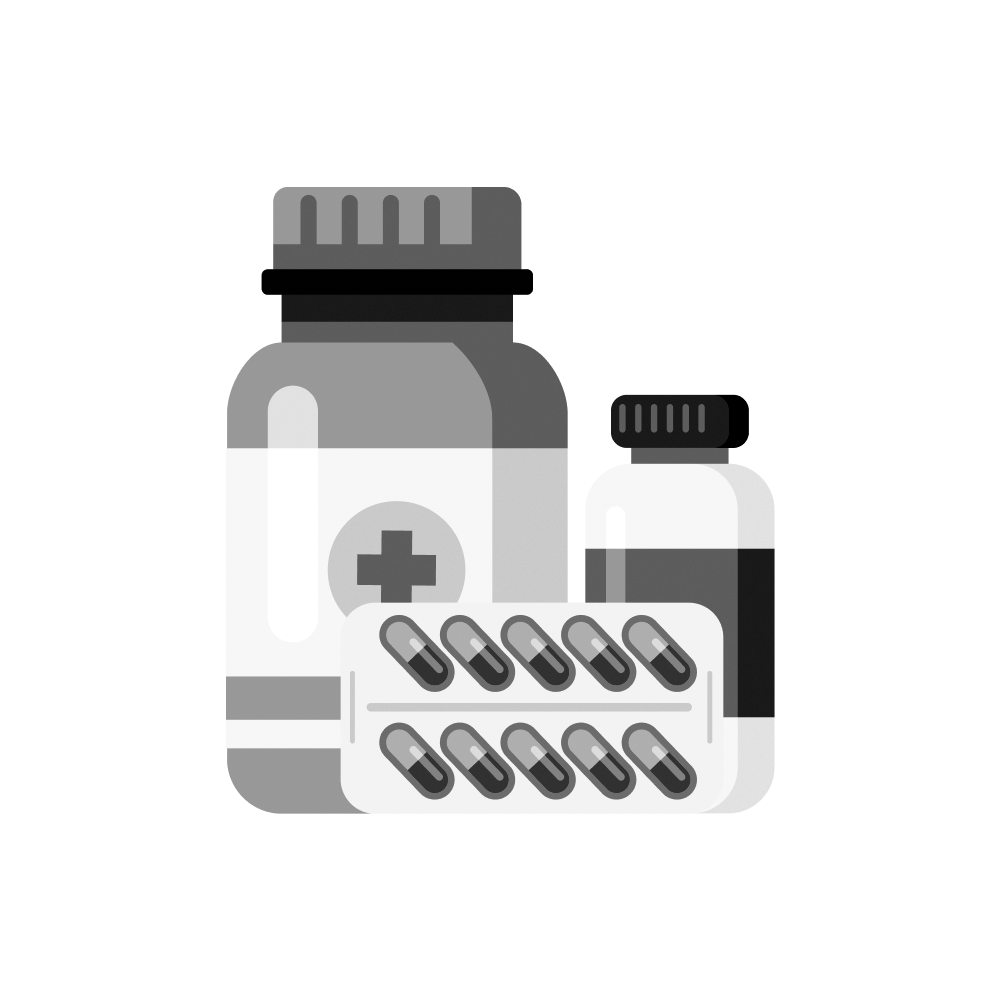

Out of stock
ব্যবসার জন্য পাইকারি দামে পণ্য কিনতে রেজিস্টেশন করুন
Register
0 People recently viewed this
Betrixa 40
Square Pharmaceuticals PLC.
Generic: Betrixaban
Medicine Overview of Betrixa 40mg Capsule
বাংলা
English
Indication
Venous Thromboembolism Prevention
Administration
Take with food at approximately the same time each day
Adult Dose
Venous Thromboembolism Prevention
Indicated for prophylaxis of venous thromboembolism (VTE) in adults hospitalized for acute medical illness who are at risk for thromboembolic complications owing to moderate or severe restricted mobility and other risk factors for VTE
Initial single dose: 160 mg PO, THEN 80 mg PO qDay
Recommended duration of treatment: 35-42 days
Hepatic impairment
Not recommended; drug was not evaluated in hepatic impairment, because these patients may have intrinsic coagulation abnormalities
Renal Dose
Renal impairment
Mild-to-moderate (CrCl >30 mL/min): No dose adjustment needed
Severe (CrCl >15 to <30 mL/min): Initial single dose of 80 mg, then 40 mg PO qDay x35-42 days
Contraindication
Active pathological bleeding
Severe hypersensitivity
Mode of Action
Oral factor Xa (FXa) inhibitor that selectively blocks the active site of FXa and does not require a cofactor (eg, antithrombin III) for activity; inhibits free FXa and prothrombinase activity
By directly inhibiting FXa, betrixaban decreases thrombin generation
Has no direct effect on platelet aggregation
Blood coagulation cascade is dependent upon the activation of factor X to FXa via the intrinsic and extrinsic pathways, which play a central role in the blood coagulation cascade
Precaution
Increases bleeding risk and can cause serious and potentially fatal bleeding; promptly evaluate any signs or symptoms of blood loss; there is no established way to reverse betrixaban’s anticoagulant effect, which can persist for at least 72 hr after the last dose; protamine, vitamin K, and tranexamic acid are not expected to reverse betrixaban anticoagulant activity
Risk of paralysis with neuraxial anesthesia
Increased bleeding risk with severe renal impairment
Side Effect
1-10%
Clinically relevant nonmajor bleeding (2.45%)
Epistaxis (2%)
Hematuria (2%)
<1%
Bleeding
Major bleeding (0.67%)
GI bleeding (0.51%)
Intracranial hemorrhage (0.05%)
Fatal bleeding (0.03%)
Pregnancy Category Note
Pregnancy No data exist with use in pregnant women, but treatment is likely to increase risk of hemorrhage during pregnancy and delivery Use during pregnancy only if the potential benefit outweighs the potential risk to the mother and fetus Animal studies Although betrixaban has not been associated with adverse developmental fetal outcomes in animals, maternal toxicity (ie, hemorrhage) was identified in these studies Lactation Unknown if distributed in human breast milk Consider the developmental and health benefits of breastfeeding along with the mother’s clinical need for the drug, and any potential adverse effects on the breastfed infant from the drug...
... Show moreInteraction
Coadministration with drugs affecting hemostasis increases bleeding risk; examples include aspirin and other antiplatelet agents, other anticoagulants, heparin, thrombolytic agents, SSRIs, SNRIs, and NSAIDs
ব্যবসার জন্য পাইকারি দামে পণ্য কিনতে রেজিস্টেশন করুন
Register